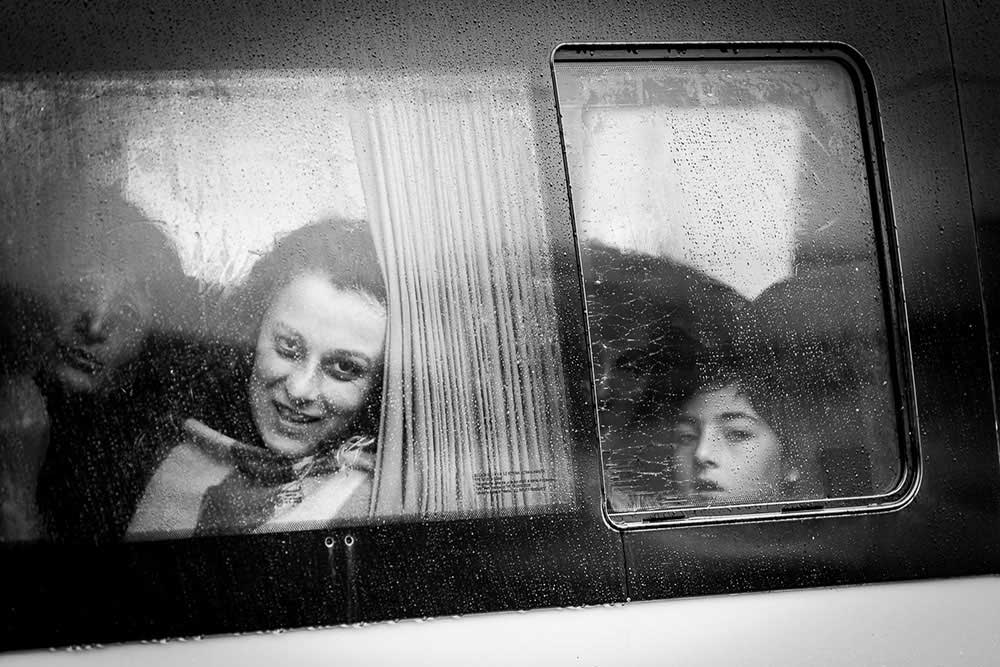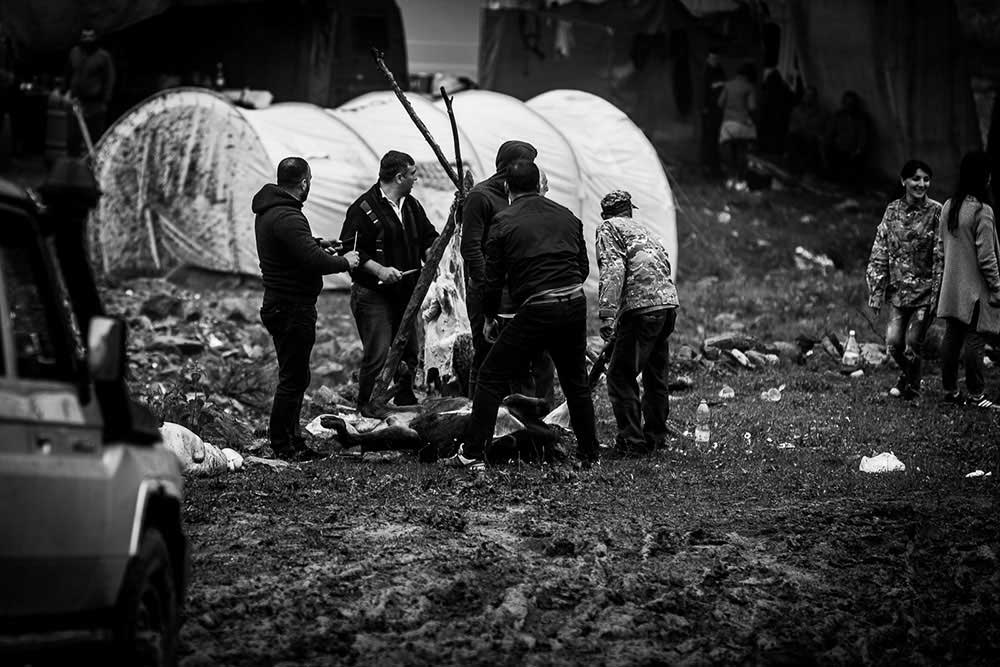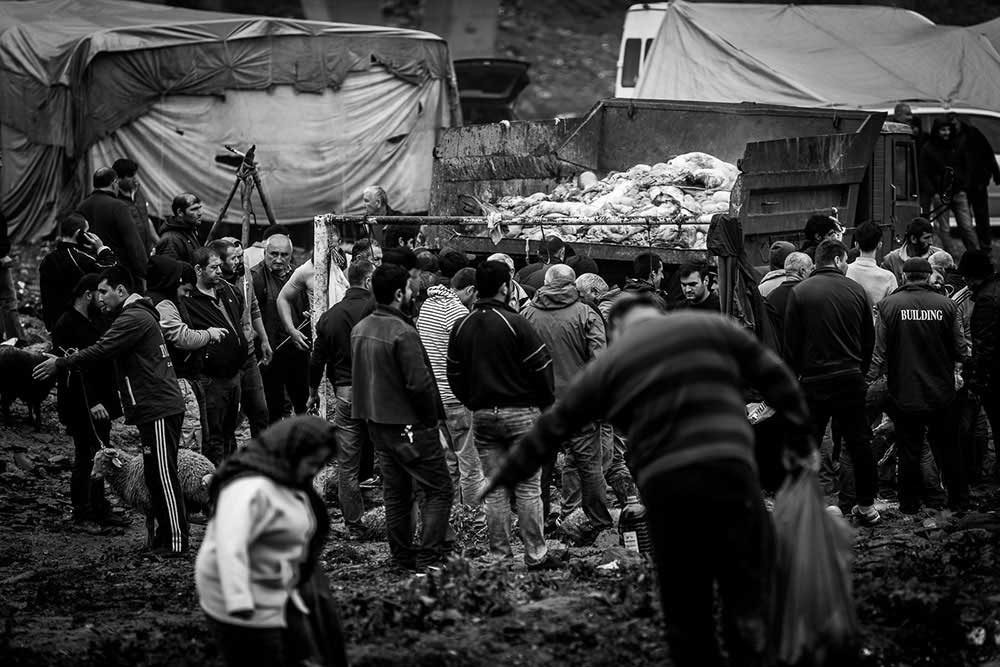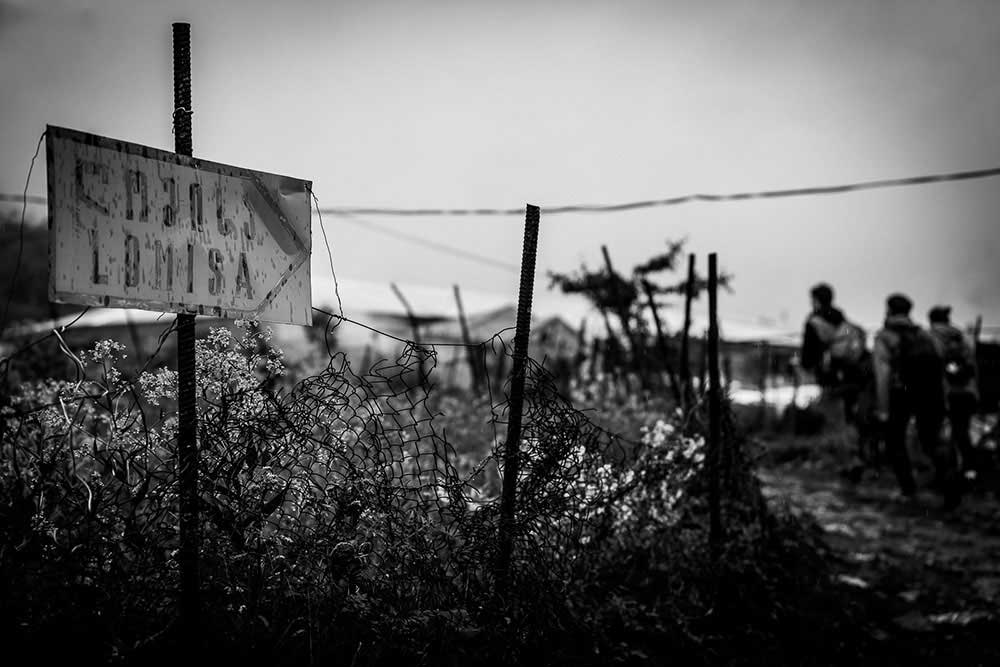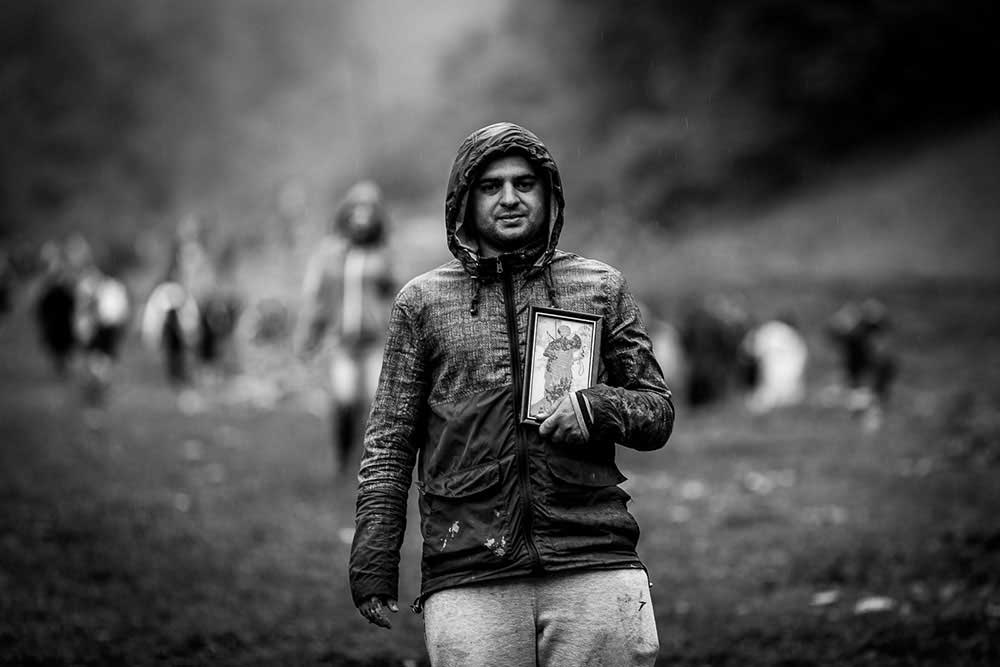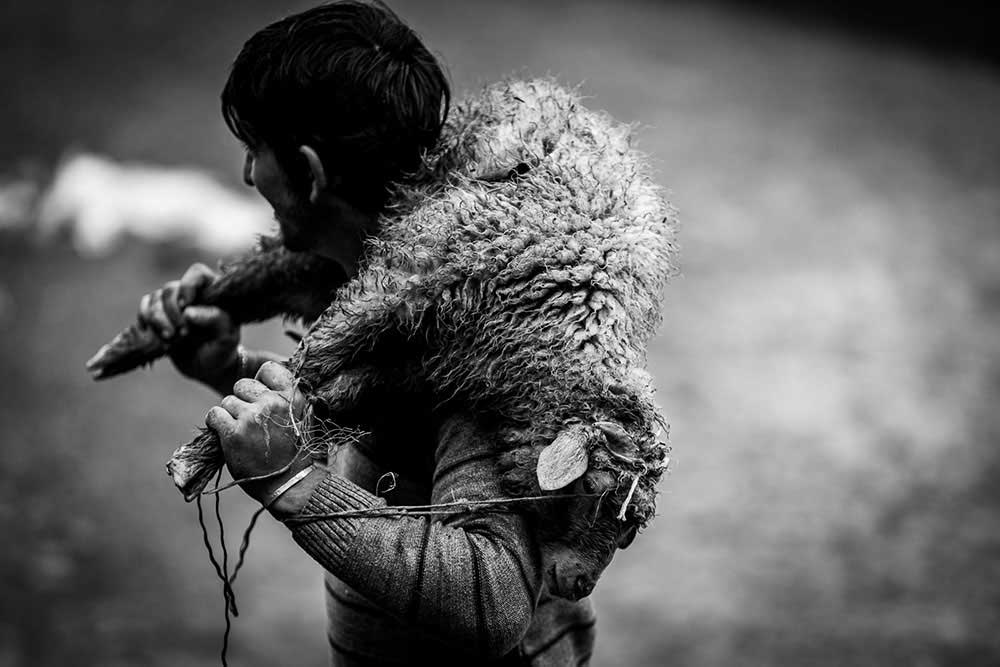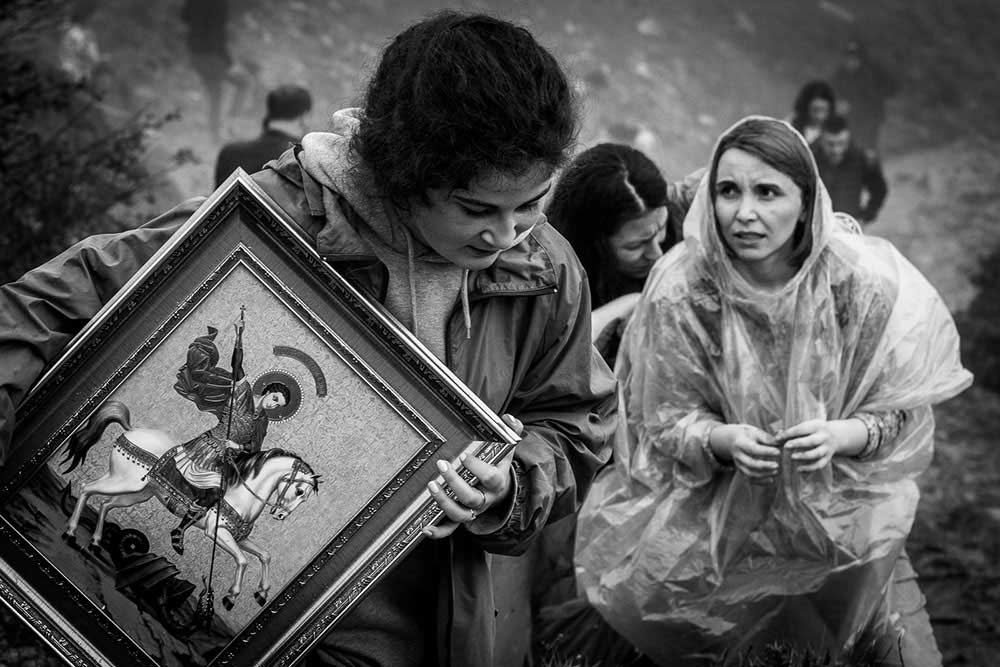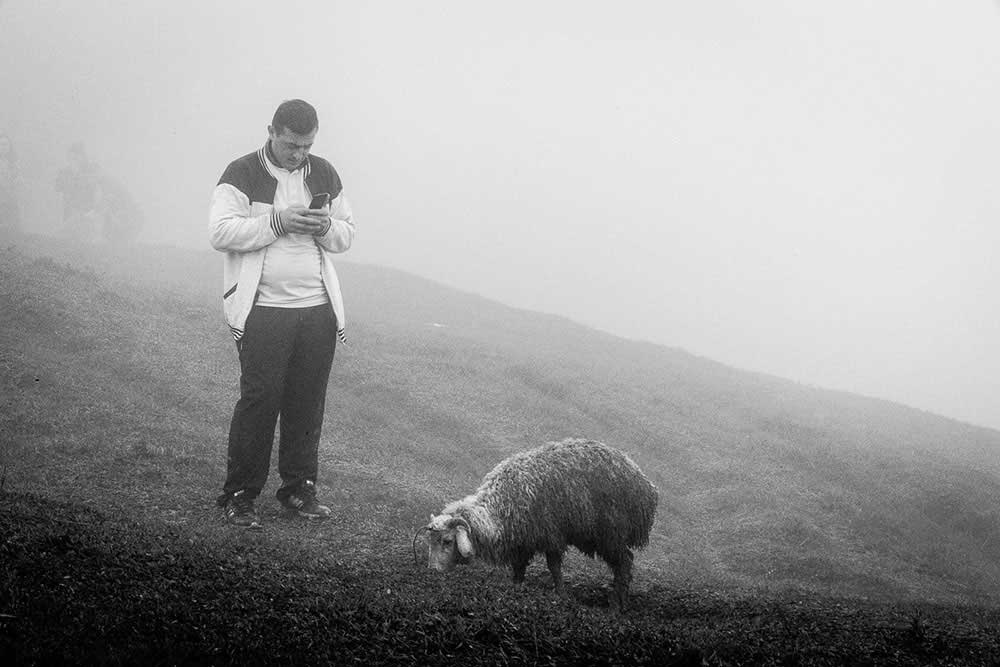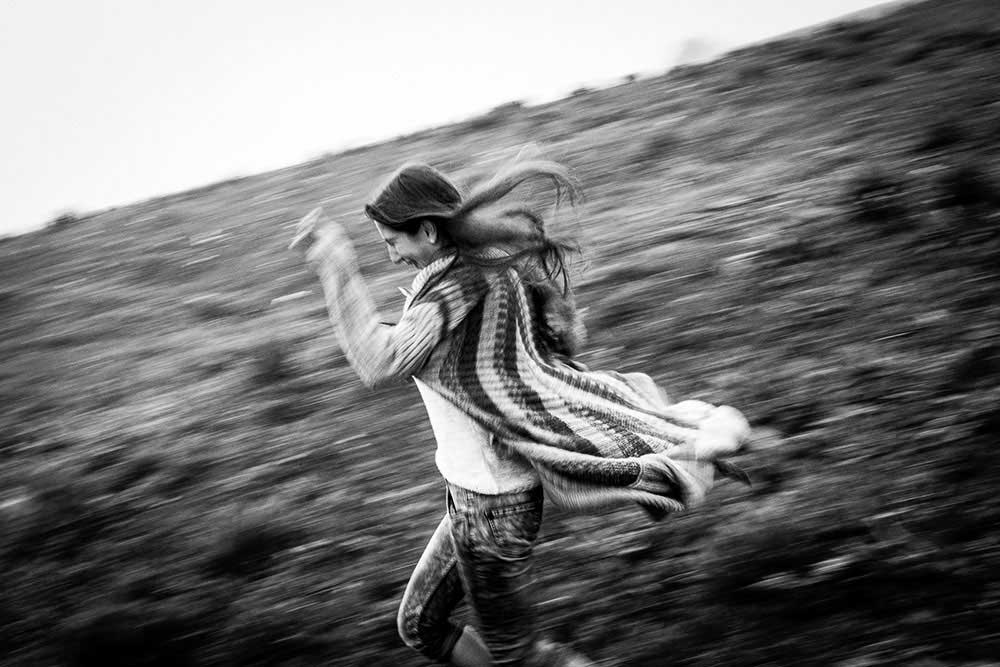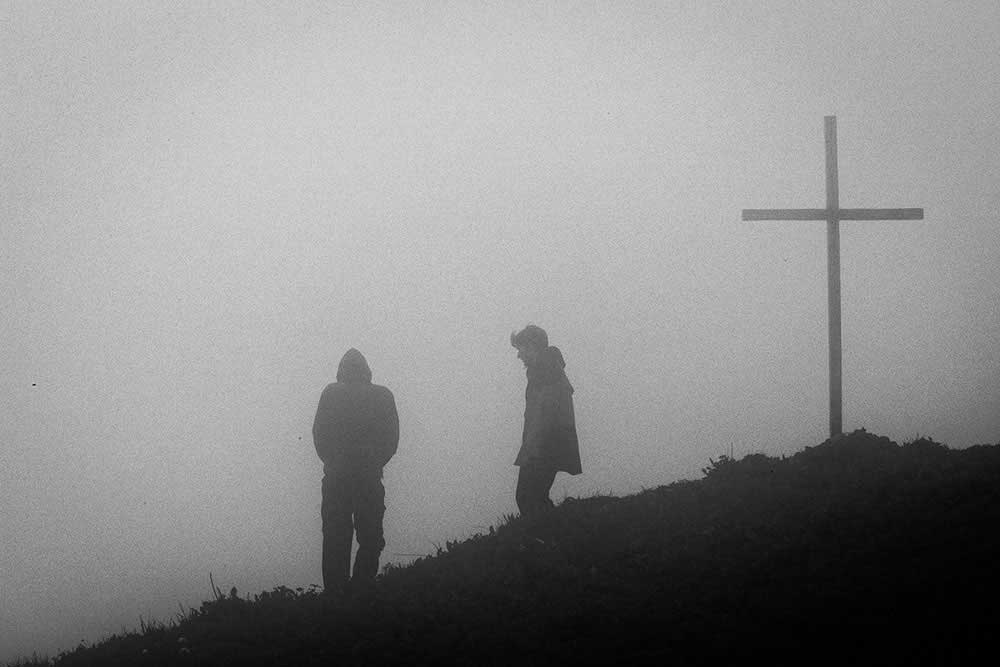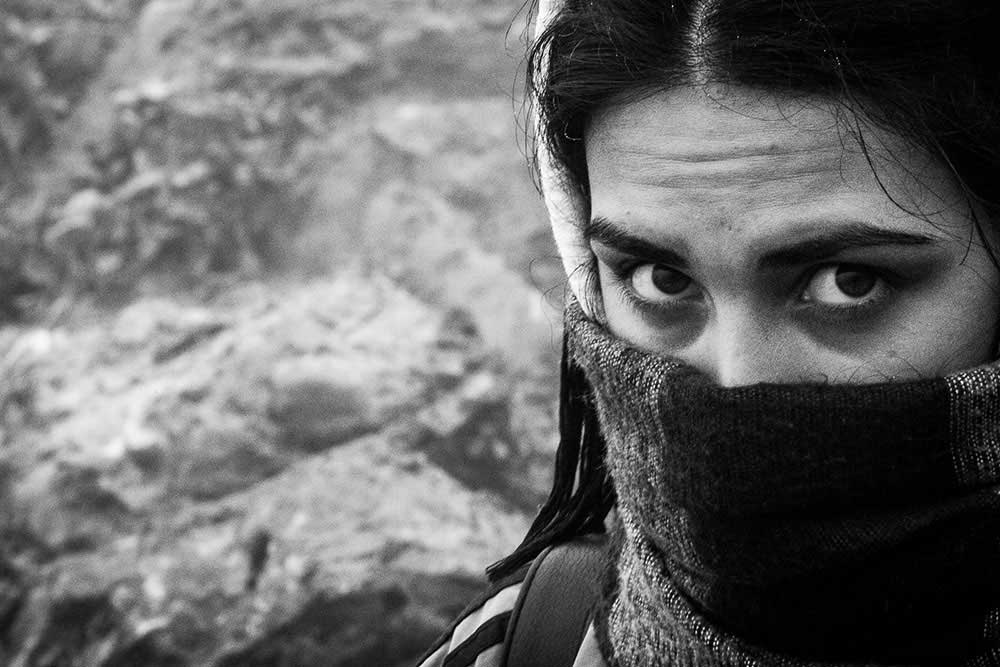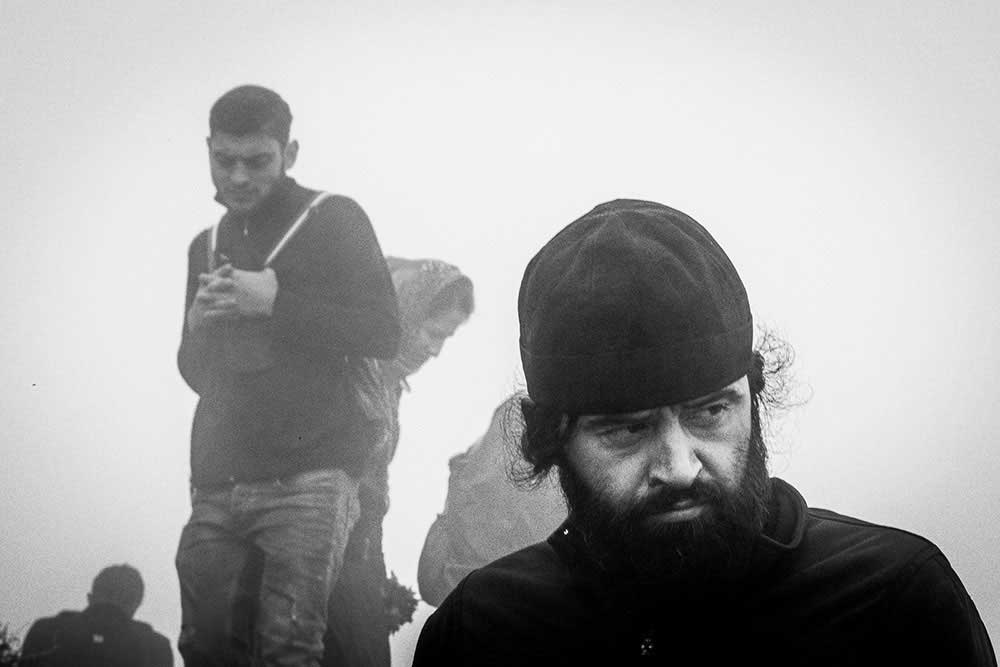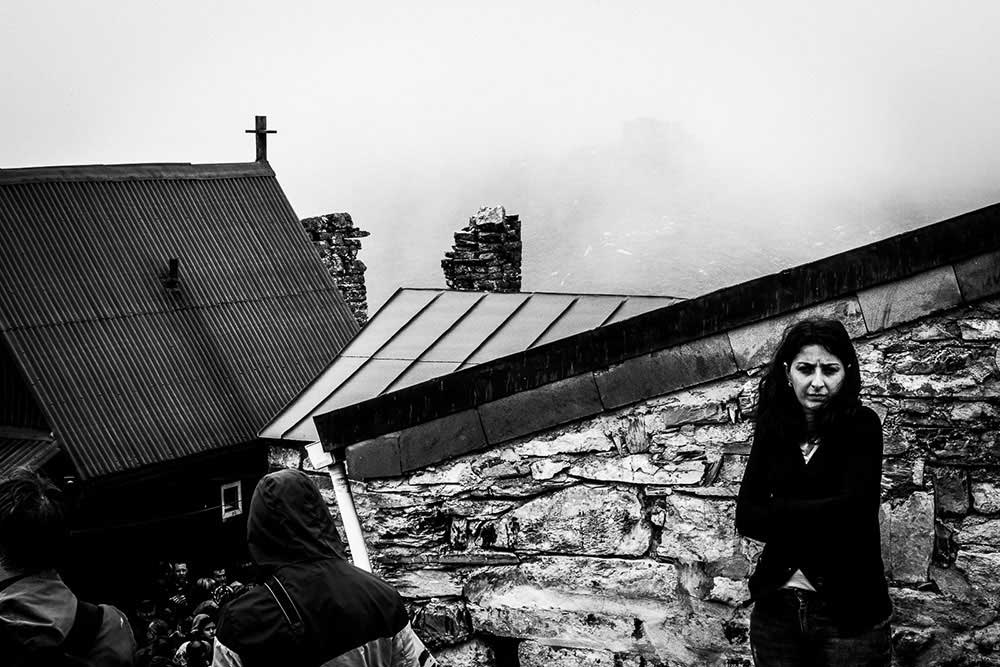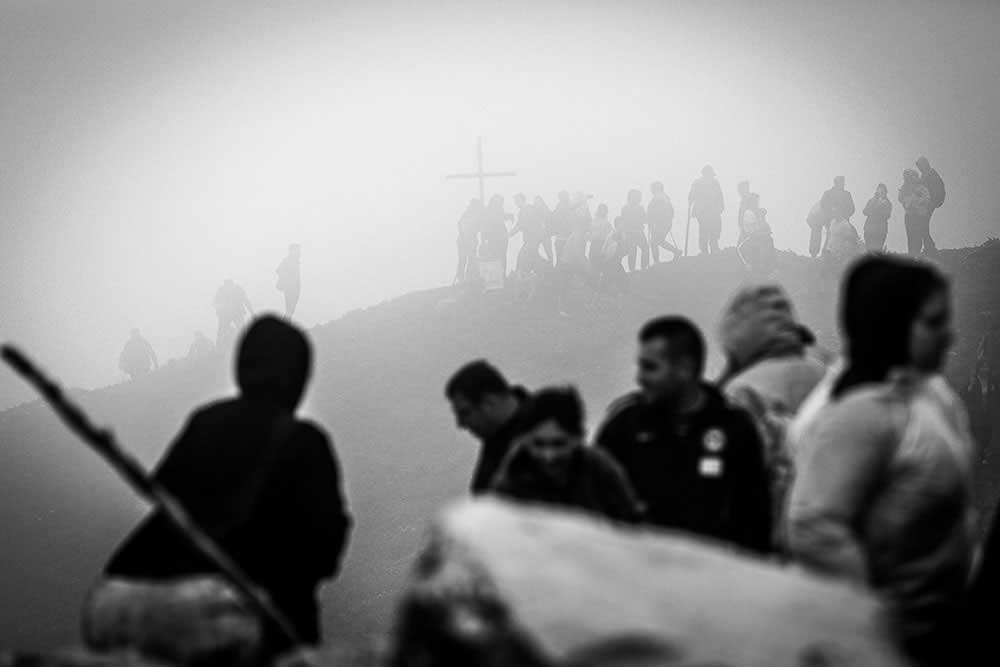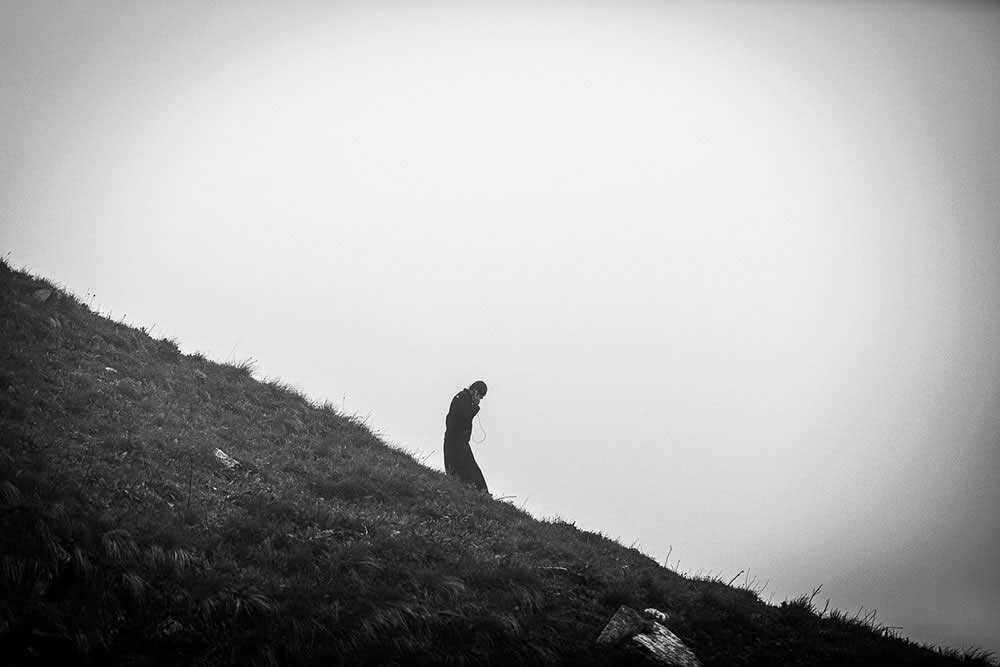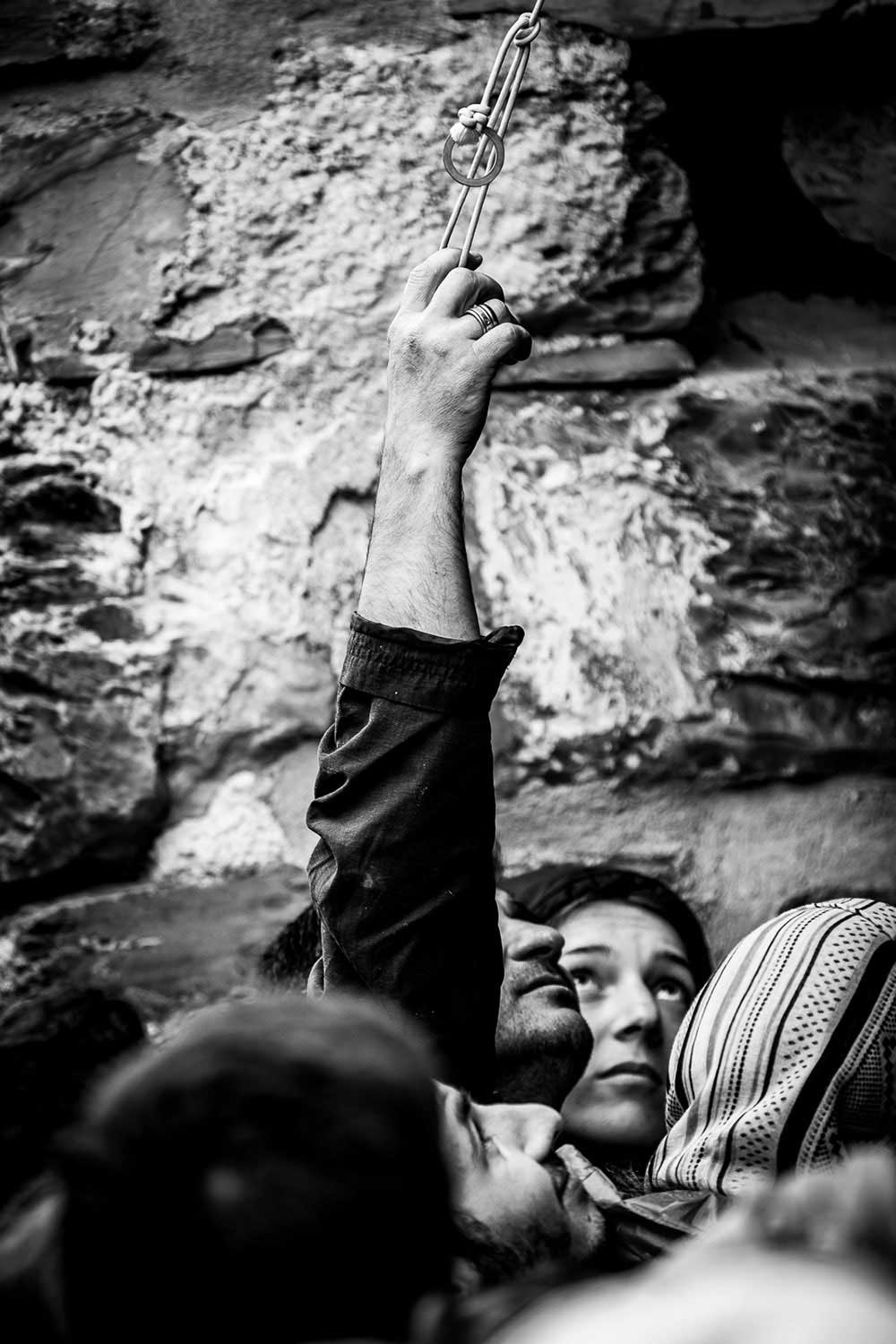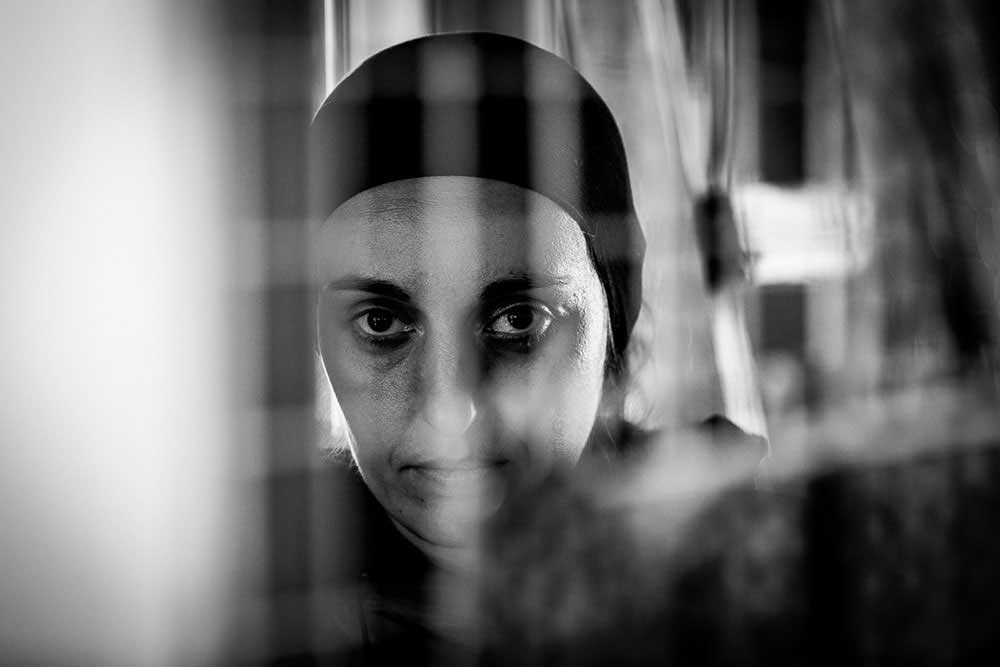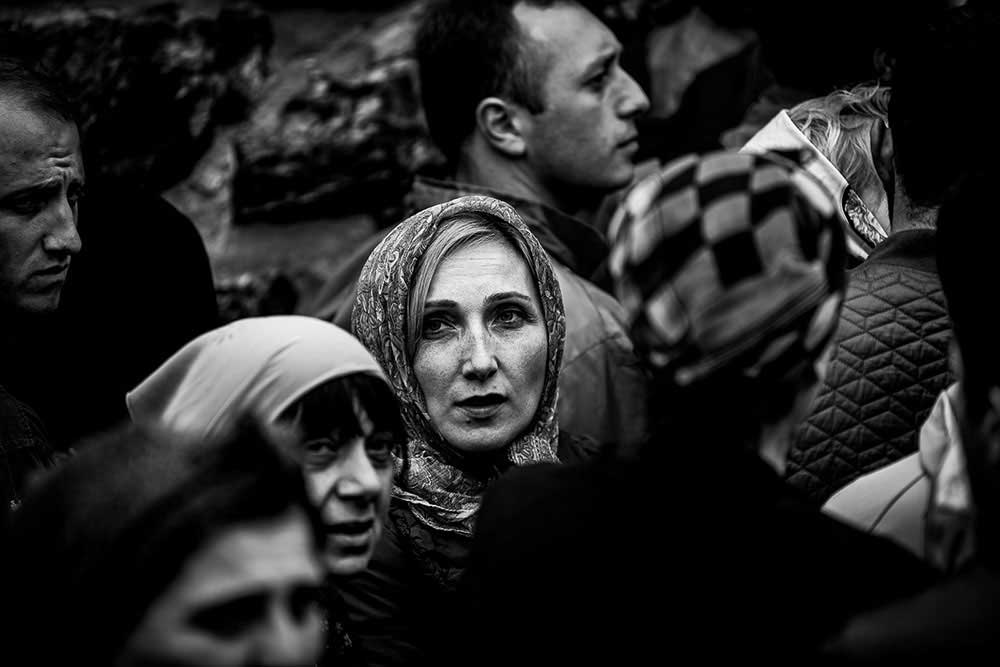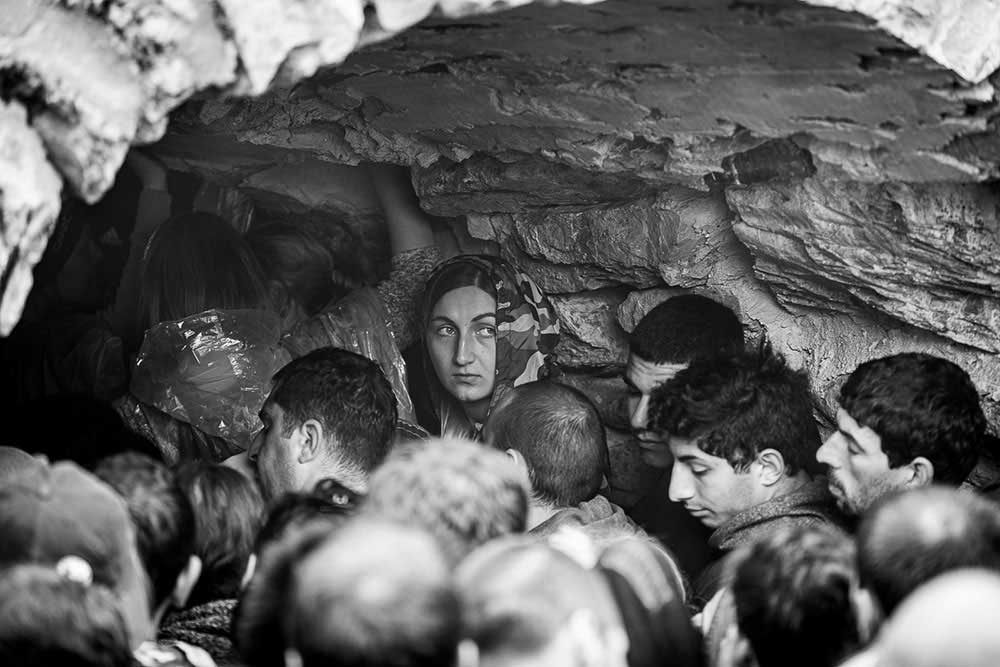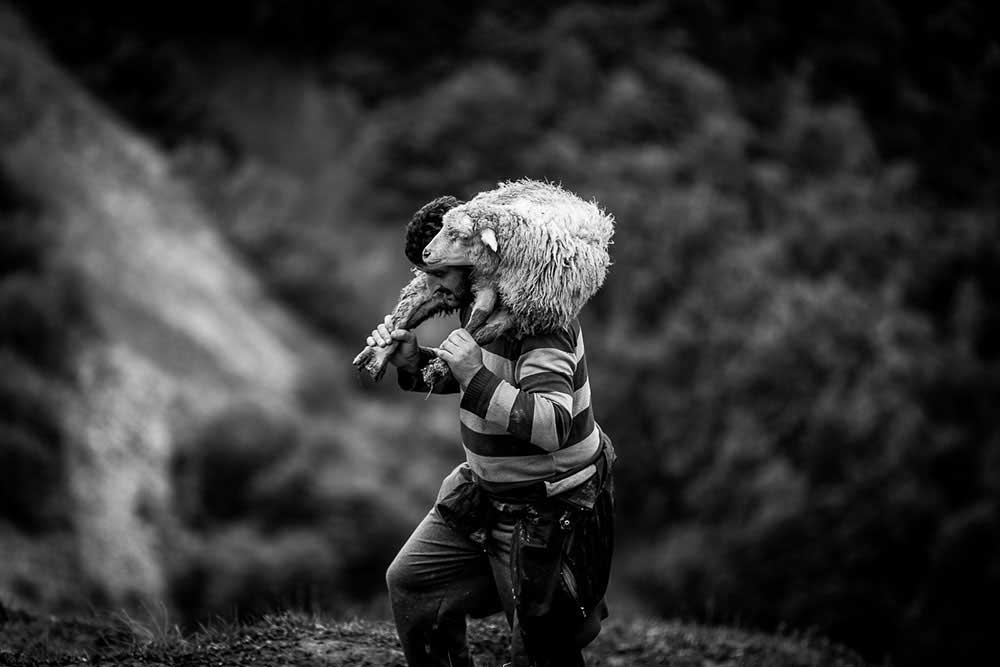North, on the military road, about 100 km from Tbilisi, one finds the epicentre of a yearly manifestation of human faith. It takes place on the slopes the Caucus and is an ode to an arduous journey of shared history and religious devotion. It is the ultimate expression of tradition and a spectacle of the inherent need to marry belief with identity. This is “Lomisoba” – a feast of many meanings.
This feast is one that arouses faith in the divine, sacrifice, and celebrates freedom. On this particular day, history is very much married with the present and reinforces the imaginary confines that consolidate national identities in a people divided.
By early 1991, Georgia declared independence from a disintegrating Soviet Union. Shortly after, the western province of Abkhazia followed suit. While aspirations for Abkhaz independence from the Soviet Union had been growing for nearly a decade, it was only in 1992 it developed into an armed struggle challenging the territorial integrity of the newly founded state of Georgia.
In 2008, Georgia became engulfed in yet another short but intensive armed conflict with Russia over the northern province of South Ossetia. The hostilities were sparked by Georgia’s ever closer relations to the EU and NATO.
While the war only lasted for a couple of days, the effects are felt to this day. The impact is especially stark for the people living along the disputed boundary lines and those displaced or isolated from their land. In some cases, the boundary cuts across houses and farmland and people can easily become detained on grounds of alleged illegal crossing.
Lomisa is situated on the ridge of the mountain where the emerging boundary line between Georgia and South Ossetia cuts through the courtyard of the medieval church. It is said that the key and the gate to the church are found on each side of the boundary. Therefore, Lomisoba can only take place if both Georgians and Ossetians unite.
As a visitor, one is rapidly engulfed by the steady stream of pilgrims determined to scale the 2,300 m summit. We all do so in order to reach the church of St. George of Lomisa and the adjacent monastery. On this day, the seventh week after Easter, it seems that piety and tradition can transcend the strive for self-determination, identity and nationality. On this day tradition transcends conflict.
About Fallckolm Cuenca
Fallckolm Cuenca found photography through his work in peace, security and development. Since 2003, when he bought his first Digital SLR, he has worked in the Middle East, Latin America, Central and Eastern Asia, Western Africa as well as the Caucasus for a number of national organizations, as well as the United Nations and the European Union. The camera has not only been a creative outlet but also an increasingly important companion in a perceived need to keep the world close. Most importantly, photography has become an excellent vehicle for documenting the things he feels strongly about – his development and humanitarian work. [Official Website]



